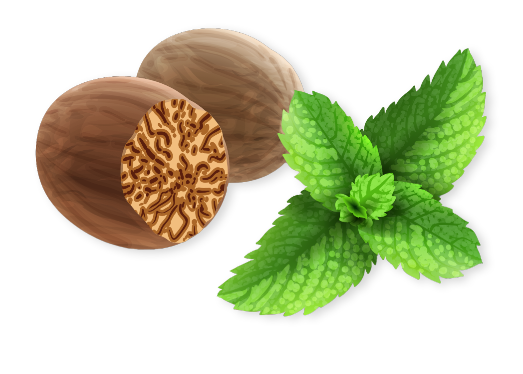Ayurvedic Therapies for Cerebral Palsy: A Holistic Approach
Monday, May 22, 2023Cerebral palsy (CP) is a group of neurological disorders that affect movement, balance, and posture. While modern medicine plays a critical role in managing CP, it often focuses on alleviating the symptoms rather than treating the root cause. Ayurveda, an ancient Indian medical system, offers a different perspective. It suggests a holistic approach that can complement conventional treatment methods, potentially improving the overall quality of life for individuals with CP.
Understanding Cerebral Palsy in Ayurveda
Ayurveda perceives health as a balance of the body’s three primary life forces, or doshas—vata, pitta, and kapha. Diseases, according to Ayurveda, are the result of an imbalance in these doshas. CP, characterized by impaired movement and coordination, is believed to be predominantly a ‘vata’ disorder, involving the disruption of the nervous system functioning.
Ayurvedic Therapies for Cerebral Palsy
Panchakarma: This therapy aims to purify and rejuvenate the body, helping to balance the doshas. It involves five procedures: Vamana (emesis), Virechana (purgation), Basti (enema), Nasya (nasal medication), and Raktamokshana (blood-letting). In the context of CP, Basti treatment, which involves medicated enemas, is often recommended to regulate vata dosha and improve nervous system functioning.
Abhyanga (Ayurvedic Oil Massage): Abhyanga involves massaging the entire body with warm medicated oils. For individuals with CP, this therapy can help reduce muscle stiffness, enhance blood circulation, and improve overall motor function.
Swedana (Sudation Therapy): Swedana is the process of inducing sweat with herbal steam, which is believed to open up the body’s channels and remove toxins. This therapy can potentially enhance muscle flexibility and mobility in individuals with CP.
Ayurvedic Herbs: Certain Ayurvedic herbs like Ashwagandha, Brahmi, and Vacha are believed to promote brain function and improve nerve conduction. These herbs are usually administered as part of a balanced and personalized Ayurvedic diet plan.
Yoga and Pranayama: Ayurveda strongly advocates for the practice of yoga and pranayama (breathing exercises) for their physical and mental benefits. They can improve muscle strength, flexibility, balance, and also promote a sense of peace and mental clarity.
Complementary Approach
It’s important to note that Ayurvedic therapies should not replace conventional treatment methods but rather complement them. Every individual’s case of CP is unique, and treatments should be personalized accordingly. Moreover, all Ayurvedic therapies should be administered under the guidance of a qualified Ayurvedic practitioner.
Conclusion
Ayurveda offers a promising complementary approach to managing cerebral palsy, focusing on the overall wellbeing of the individual rather than just symptom management. By integrating Ayurvedic therapies with conventional treatment, it’s possible to create a comprehensive and personalized care plan for individuals with CP, enhancing their physical functionality and quality of life. However, more scientific research is needed to fully understand and validate the efficacy of these therapies for CP treatment. Until then, Ayurveda remains an important adjunct in the journey towards holistic health and wellbeing for individuals living with cerebral palsy.
You can write to us.
BOOK APPOINTMENT



























